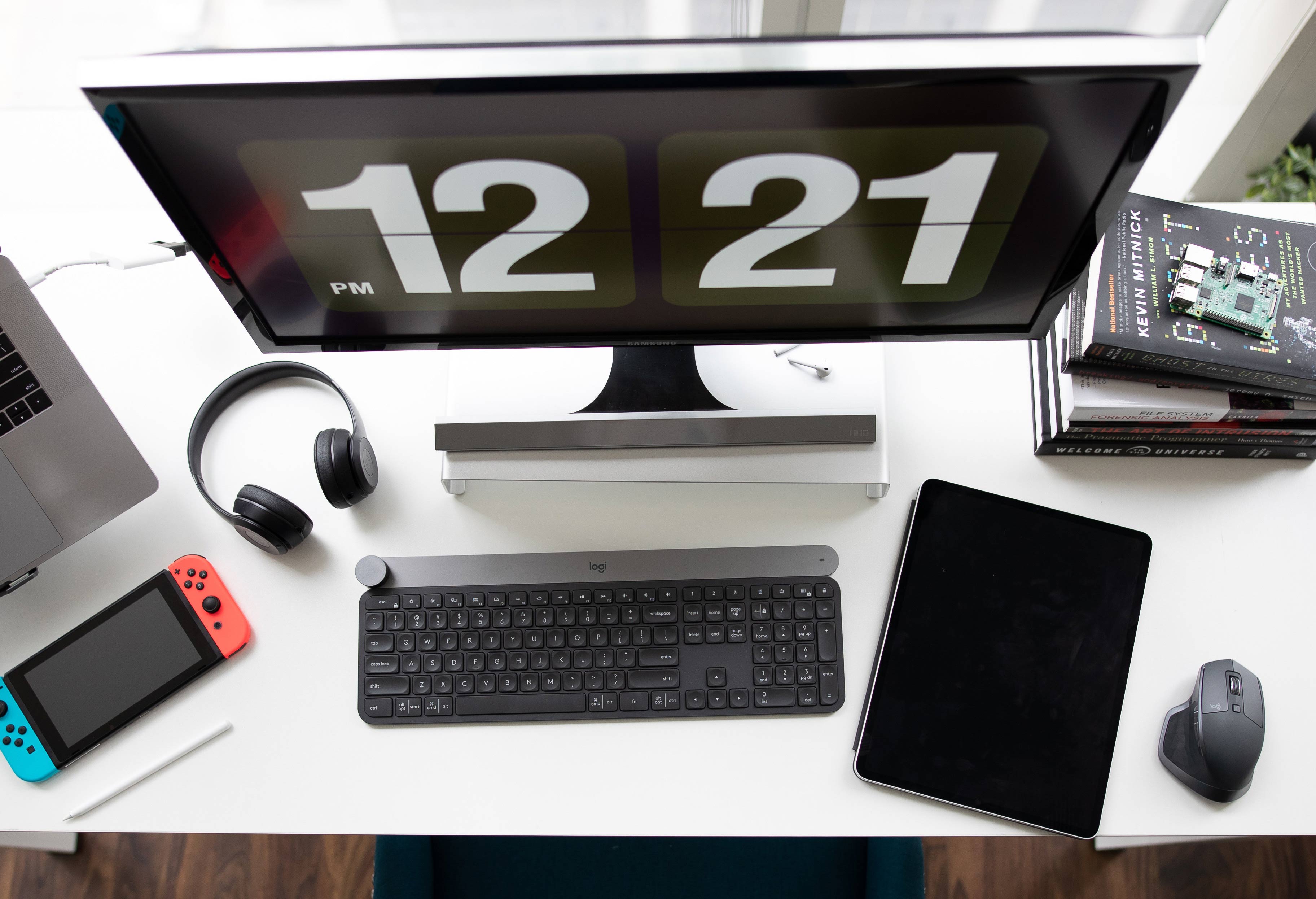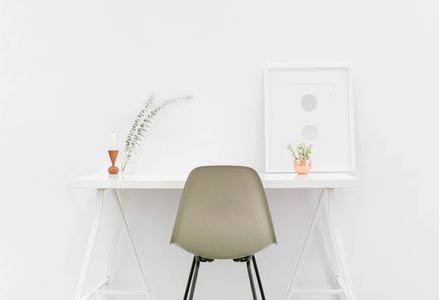Anything But Ordinary
The shift towards modern and minimalistic offices has been a prevalent trend within the last few decades. The modern design concept was created in the early to mid-twentieth century as a response to the traditional design styles that preceded it. Before modern furniture and design, there was a strong focus on heavy textures, detail, and wood tones. Therefore, most elements of modern style include clean, straight lines and open concept floor plans.
What Makes an Office Modern?

1. Flexible Office Spaces
Create a non-restrictive office that allows for movement of furniture and
adjustable desks. Allowing employees to work in different areas of the
office is part of modern design.

2. Incorporating Plants and Greenery
Bringing the outside inside your office is a great way to create a calming
and stress-free environment.

3. Integration of Technology
Technology plays a crucial role in modern offices. A tech-savvy office
allows employees to work smarter, faster, and more efficiently. Modern
offices require power outlets, video conferencing technology, wireless
charging stations, and smartboards.

4. Collaborative Office Furniture
Collaborative furniture is important for work environments that rely on
constant communication with coworkers and sharing ideas. Collaborative
furniture options include acoustic pods where uninterrupted meetings can
be held, and large meeting desks with power outlets, task lighting, and
data sockets.

5. Comfortable Work Areas
In order to create a space that fosters creativity and increases overall
employee satisfaction, modern offices need to be comfortable.
Incorporate seating areas where employees can lounge on a sofa and get
work done on their laptops. Some modern offices even have recreational
areas where employees can take a break and play ping pong or video
games.
Modern Office Furniture

Modern Office Desks
Height-adjustable desks, collaborative workstations and V-leg tables are all modern office
furniture solutions. Breaking away from the traditional style that featured heavy wood,
modern office desks focus on clean and simple lines and they are usually made of steel or
light laminate finishes. Modern desks focus on opportunities for flexibility and ease of
collaboration with coworkers. Generally, open concept offices without cubicles signify a
modern office. However, an office can still have a modern design without being completely
open concept.

Modern Chairs
Designers often consider modular furniture and soft seating “modern” because of their
minimalistic designs and clean lines. Additionally, add a sophisticated contemporary feel with
sleek leather chairs and sofas.
Contemporary Design Versus Modern
In contrast to modern design, contemporary design doesn’t refer to a specific time period. The style is constantly evolving to reflect the popular styles of present-day design. Contemporary design borrows qualities from modernism, minimalism, Art Deco, and other global styles, with neutral palettes and steel or chrome materials. The fluid definition of contemporary design changes in accordance to current trends. Modern design on the other hand, is a distinguishable aesthetic that emphasizes crisp lines, warm neutrals and balance.

How do I Design a Modern Office?
Creating a new office layout or renovating your existing space can be a daunting task. Space planners and design specialists work with you to ensure your vision comes to life. These experts will assist you with choosing the right modern furniture while ensuring maximized functionality. Visit a Source showroom today to learn more about our space planning services, or visit us online at Source.ca.


 Hello
Hello